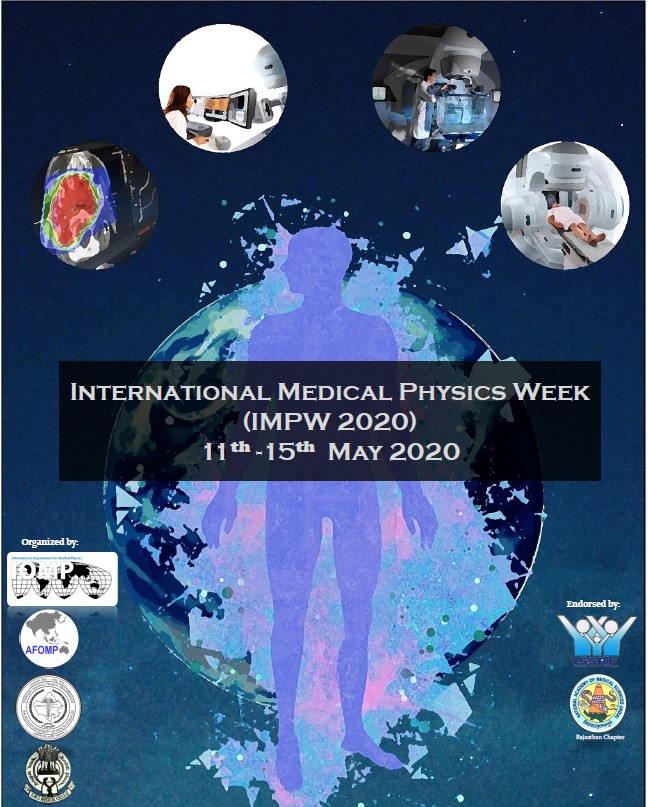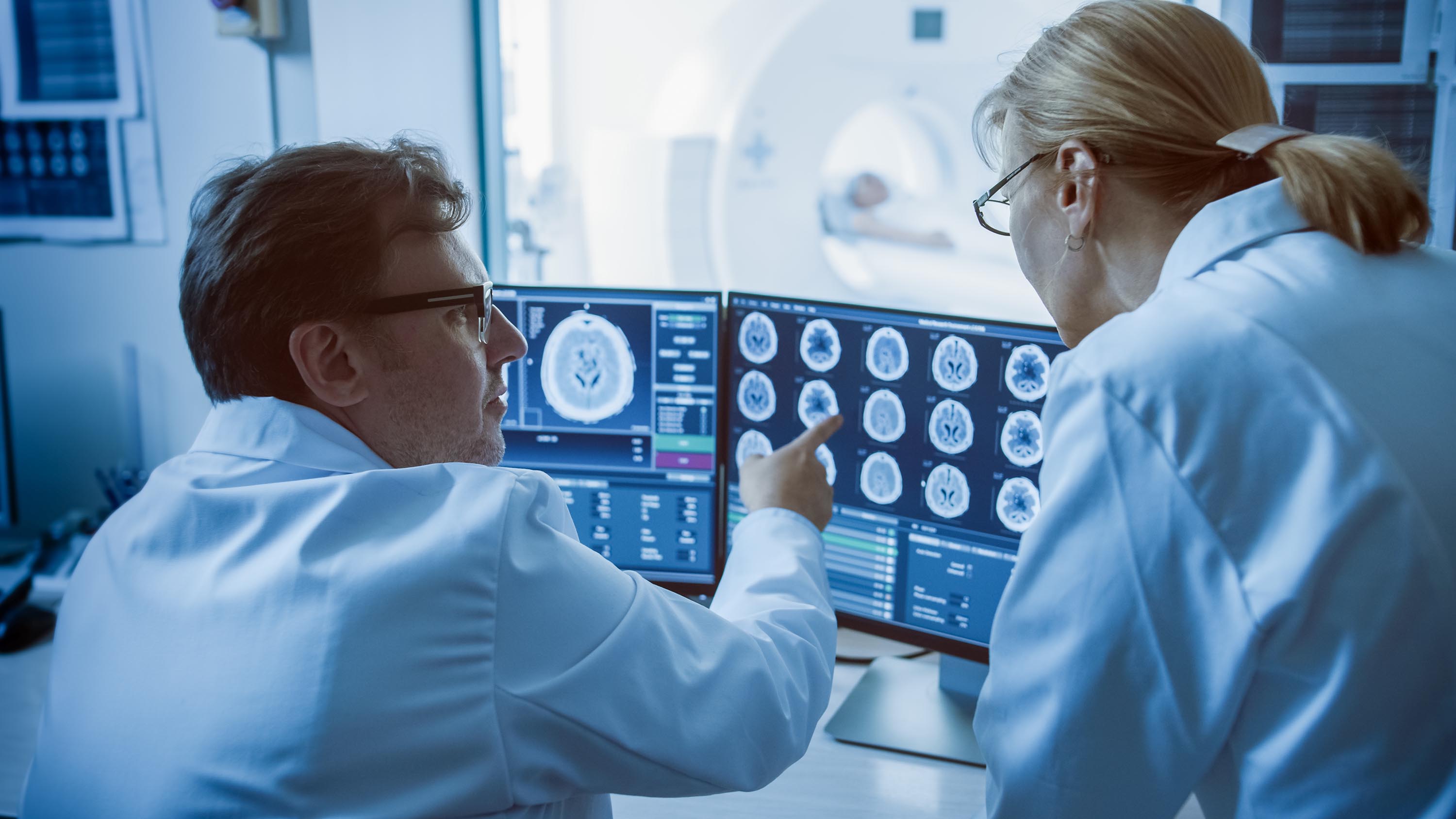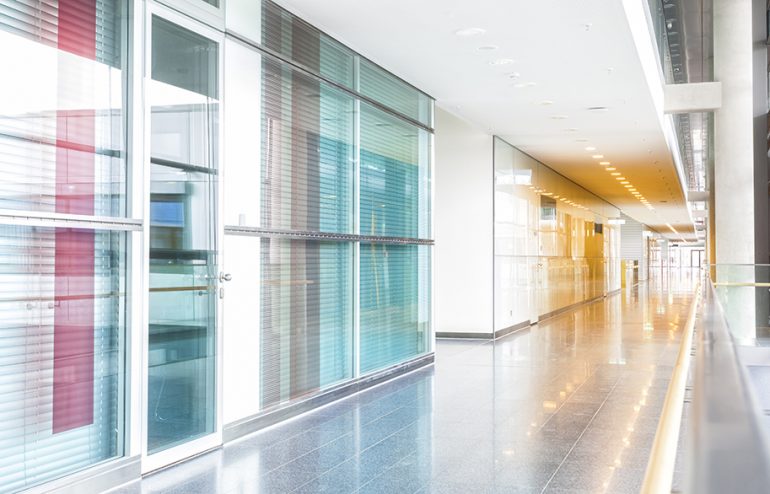This year, medical physicists around the world celebrate the first ever International Medical Physics Week (IMPW). As some of you may already know, medical physicists also celebrate an International Day of Medical Physics (IDMP) on November 7th. The International Organization for Medical Physics (IOMP) organizes and promotes both, with the intention of enhancing the field’s importance, increasing awareness about the role medical physicists play in the lives of patients, and increasing implementation of programs. In honor of the first ever IMPW there are planned activities around the world, including virtual educational sessions, social media chats and campaigns, and a daily webinar on topics ranging from diagnostic imaging and nuclear medicine to Monte Carlo modeling.

As I reflect on what it means to be a part of the global community of medical physicists, I am truly humbled by the spectrum of expertise that we have. Just by glancing at the topics covered in the webinars, it is abundantly clear that the medical physics contribution to the healthcare field is much larger than what each of us do on a daily basis. In part, this week is important because it gives us an opportunity to connect with and learn from one another. The fact that we all have a unique and valuable perspective to offer one another has been the single most important takeaway from my time as a resident medical physicist.
Cynthia McCullough, President of the AAPM, and guest speaker Amy Lynch covered this topic well in the President’s Symposium at the 2019 AAPM Annual Meeting. They both spoke about the importance of diversity, though not only in the most common ways you may expect. Amy Lynch specifically covered the topic of generational diversity, and said, “we have to step up and work with generational intelligence and intellectual humility in order to come up with the very best ideas.” Easier said than done!
Despite the challenge, I think that this concept can be applied even more broadly in the context of medical physics. Recent articles in Medical Physics and the Journal of Applied Clinical Medical Physics feature discussions among physicists who see our roles changing drastically in the coming years. Advances in automation will likely challenge us to work more closely with software engineers and IT professionals. Changes in reimbursement models have the potential to allow us to work more closely with physicians. How are we to handle this? I hope that we can take it in stride and adapt, recognizing that the collection of different perspectives will move the field of medical physics forward.
Perhaps, at the very least, this week will give us an opportunity to tell yet another family member or friend what a medical physicist does. Or, we could look at our first IMPW as a challenge to continue developing this great field we are a part of, by connecting with one another. I encourage us all to seek out a new interest in the broader discipline of medical physics, take an online course, listen to a webinar you might not usually join, or maybe simply ask for a fresh opinion on a process you’ve always done a certain way. Happy IMPW!





